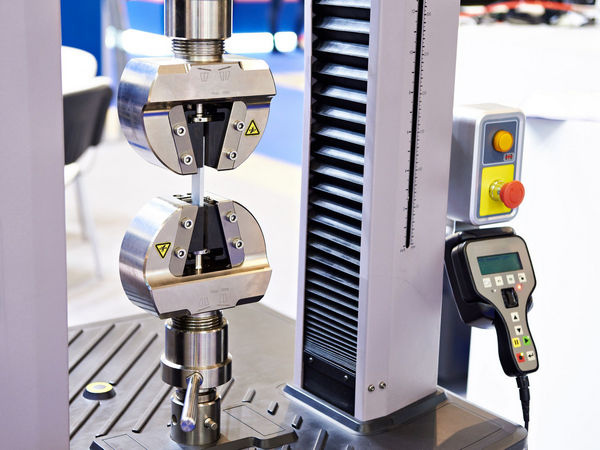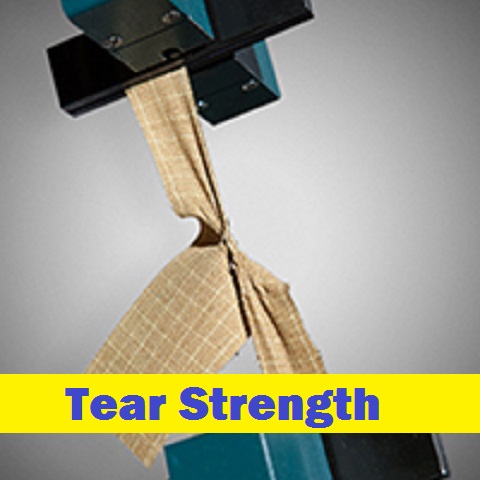
NewsInformation Center
What is the difference between tensile strength and tear strength?
2023/10/17
Tensile strength and tear strength are two important concepts when discussing the mechanical properties of materials. Although they both describe a material's ability to withstand forces, they have significant differences in their measurement and application.


1. Basic definition and application:
Tensile strength (or tensile strength) is the ability of a material to resist deformation (usually tensile deformation) and failure along a linear axis (cross-section). Under axial tensile stress, this value is the maximum stress that the material can withstand without breaking. The tensile strength of a material is an important attribute that determines how much tension it can withstand without breaking. It is widely used in material design, structural analysis, etc.

Tear strength is the ability of a material to resist tearing in the direction perpendicular to the tension. It is usually used in the research and design of film materials, textile materials and soft materials. Since the weak point of these materials often lies in withstanding sudden and independent tearing forces, tear strength becomes an important parameter in these cases.
2. Experimental measurements and properties:
Experiments to measure tensile strength typically utilize a tool called a sling machine, which applies tension to a material between two points until the material breaks, and the maximum stress before the break is recorded. This test results in a stress-strain curve that emphasizes the nature of the material as it deforms under the action of force.
In contrast, experiments to measure tear strength typically involve creating an initial point of failure in the material and then applying force to increase the failure. During the test, the force will continue to be increased until the material tears completely. The tear strength is the force required to cause the material to tear.
3. Different reflections on material properties:
For many types of materials (especially metals and hard plastics), tensile strength is often a very important parameter because it reflects the behavior of the material when uniformly subjected to tensile forces. For films and fibers, special attention also needs to be paid to the tear strength of the material, because in the application, the tear strength reflects the material's ability to resist sudden focal stress.

4. Differences in calculation methods:
Tensile strength is usually calculated by dividing the applied force by the original cross-sectional area of the material, with the result given in units of pressure (such as Pascals or MPa). Tear strength is usually expressed as the ratio of the force exerted during the tearing process to the cross-sectional area of the material when it is torn, and its unit is also pressure.
In general, tensile strength and tear strength are both very important, but they measure and reflect different material properties, so they require specific attention in material design, prefabrication, production, testing and application. Affirming and understanding the difference in properties of these two materials is an important means to improve and ensure project quality, and has very important practical and theoretical significance.
This is the detailed comparison and difference between the two. Hope it helps!
Previous: What does the Erichsen scratch test mainly measure?
N e x t : Test method for tensile properties of rigid foam plastics



